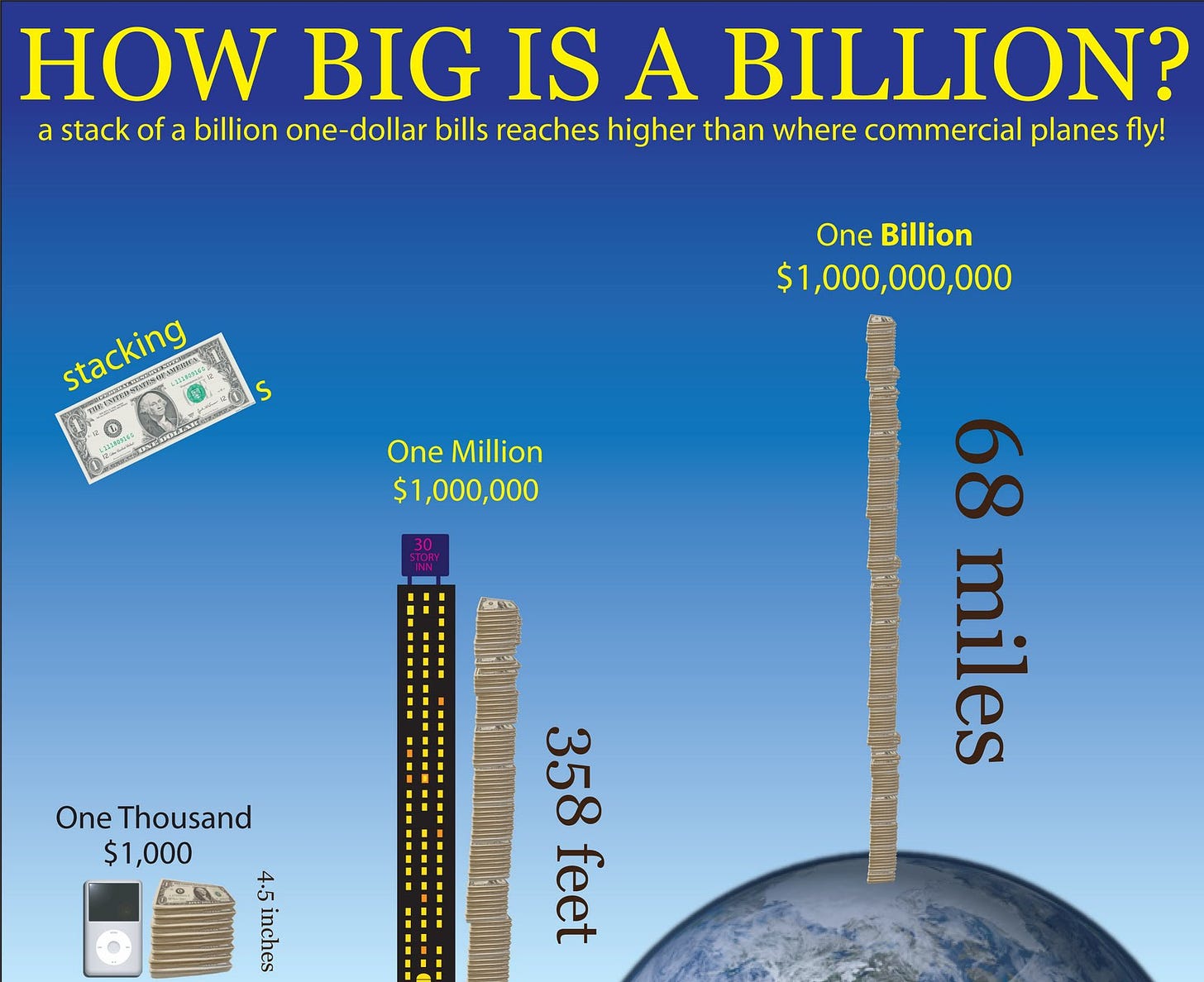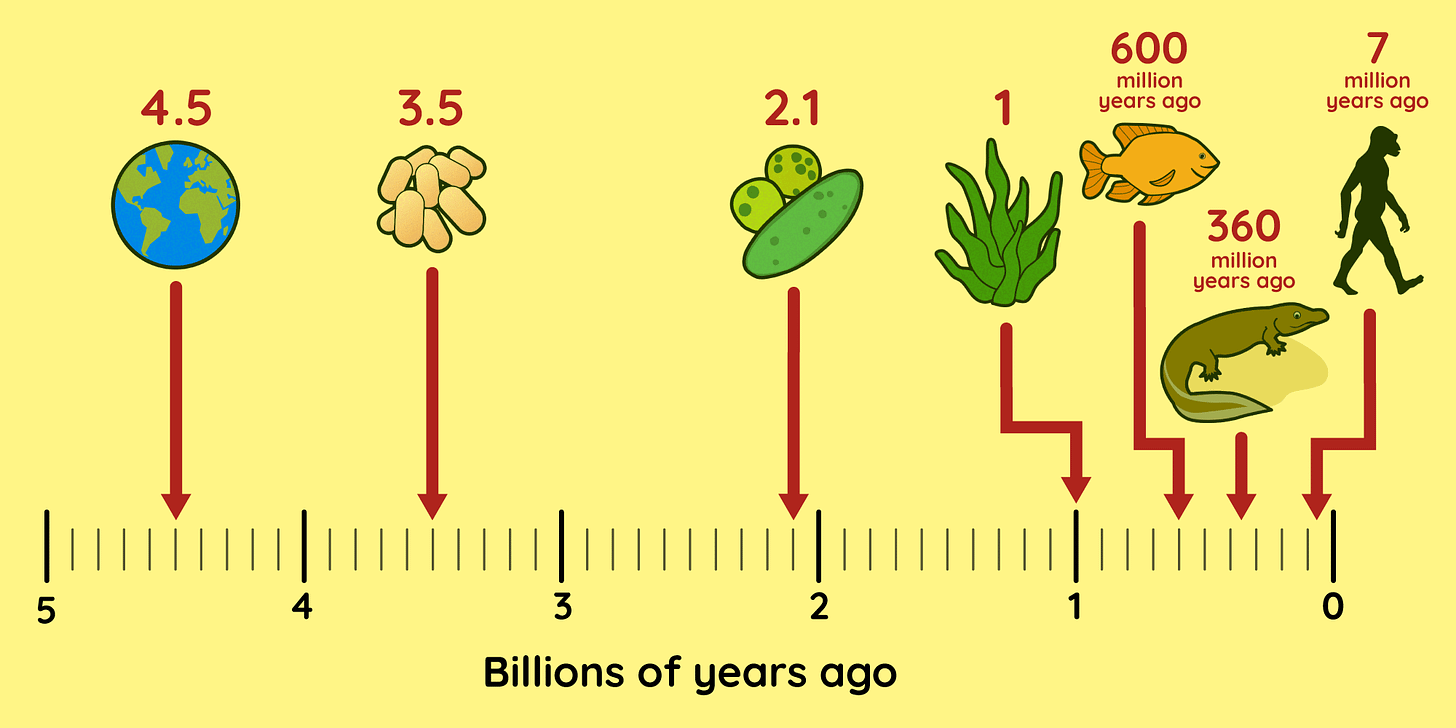Monday, December 11, 2023
Scientism and geology. Georges Cuvier and proofs from the 19th century about ‘catastrophism’
Human history is a recent phenomenon and quite likely divorced from the Earth's history.
by StFerdIII
Abstract
Scientism has preached for at least 200 years that the Earth is of an endless age. ‘Everyone knows’ that the Earth is supposedly 4 billion years old, and that the universe is 13.7 billion years of age. The religious cry is that our endless history is steady and slow and ‘the current world we see is the key to the past’, meaning eternal time and stasis. There is precious little proof to support such declarations. Uniformitarianism is unsupported by observational reality as discussed below. As posted previously, long age declarations based on C-14, isotopes and isochrony simply do not pass scrutiny. The Big Bang has long been in big trouble and will simply die off as a reigning paradigm, as will much of the special theory of relativity. Long ages as a paradigm, regardless of the mountains of studies and expostulations to the contrary, is ineluctably collapsing.
Evolution needs deep time to be even remotely credible as a metaphysical project given that objective science has long ago disproved it. Within the Church of Darwin, Time is the Father. When I grew up the Earth was 400 million years old. Now we are into the low billions. There is every reason to expect the Earth to be re-aged past 10 billion years, based on incorrectly interpreted cosmological assessments of light waves (or redshift), and a disavowal of time dilation and the difference between Earth and cosmological time. Rock-aging will likewise be adjusted upwards based on supernatural incantations of isochrony and isotopic magic.
Within this unknowable, unaccountable philosophy of endless time ‘anything can happen’, including nothing becoming you. No human can actually fathom what the number 1 billion means. If you stacked $1 bills to total $1 billion, the height would reach 100 kilometres. Who can comprehend or visualise that? 4 billion, or 14 billion is impossible to put into perspective or to elaborate as a conceptual design. The number might as well be 4 trillion or 4 gazillion brazilians. No one understands such vastness. Yet we are to believe such massive age calculations based on the flimsiest of evidence because ‘geology’ or ‘cosmology’ says so.
Geology as a science is quite raw and new, dating from the 17th century at best (physics can be traced back to the 13th century), with much of it open to question. Geology is not a monolithic set of acknowledged facts. Most of geology’s findings and ‘facts’ are entirely open to question. Different interpretations and conclusions exist in every area of investigation, rendering geology far less a science, and far more of a philosophical endeavour. Your worldview will frame what you see. If the worldview of geologists is the Lyell-Darwinian uniformitarian philosophy of endless time, and if that theology is the provenance of funding and power, it is rather easy to surmise what conclusions will fall out of observations.
Age failures
Geology is however riven with problems. Some notable failures of long-age geological ‘science’ include:
1. C14: there should be no carbon-14 in coal, oil, or diamonds that are millions, or even billions, of years old, but c-14 is consistently detected above background levels. Its half life is maybe 5700 years. C-14 should not be present in any meaningful way in artefacts dating to be ‘millions’ of years in age. Yet it is found in sizeable quantities in coal, oil and diamonds.
2. Continental erosion: continents should be rising due to processes of land creation, but the reality is the opposite, continents are eroding at >1 mm per year and would not exist after millions of years. North America would have disappeared long before 10 million years at present erosion rates.
3. Planation: or ‘flattish’ surfaces should not exist on exposed ranges or mountains, or rock types of varying hardness, if endless time was true, due to erosion. Yet the opposite is viewed around the world.
4. Layers: flat-gaps or para-conformities should be rare due to the extended timeframe of deposition of the layers, which should mean that there is ample time for erosion of the surfaces of underlying formations. However, the boundaries between layers often show no signs of erosion. Flat gaps are common.
5. Folding: there should be little evidence of large-scale folding of soft sediments involving many strata. This is not what is observed (eg Grand Canyon). Extensive folded sedimentary rocks are found around the world which means that they were soft when folded. This is impossible within a uniformitarian process.
6. Global strata: sedimentary strata should have limited geographical extent due to the localized nature of depositional processes (i.e. no global flooding cataclysms). The opposite is viewed. Continent-wide sedimentary formations are common, even extending between continents and some are global. In fact, there are 6 sequential ‘mega-sequences’ in fossil-bearing strata that are global in extent.
7. Bioturbation: the mixing of sediments due to the activity of marine organisms, called ‘bioturbation’ should be obvious and evident in the fossil bearing strata (called Phanerozoic). Marine burrowing animals mix sediments to many cm within hours. If these layers were deposited very slowly, over endless time, there should be no evident layering. The reality is however the opposite, the layers are clear and there is no admixture.
The above when allied with the previous analysis on the incoherency and false claims of long ages due to c-14, isotopes and isochrony testing, should make it clear that geology is hardly a ‘settled science’. There is precious little evidence for long ages regardless of what the contrived internet search engine returns or the programmed generative-AI chat issues forth. More here

